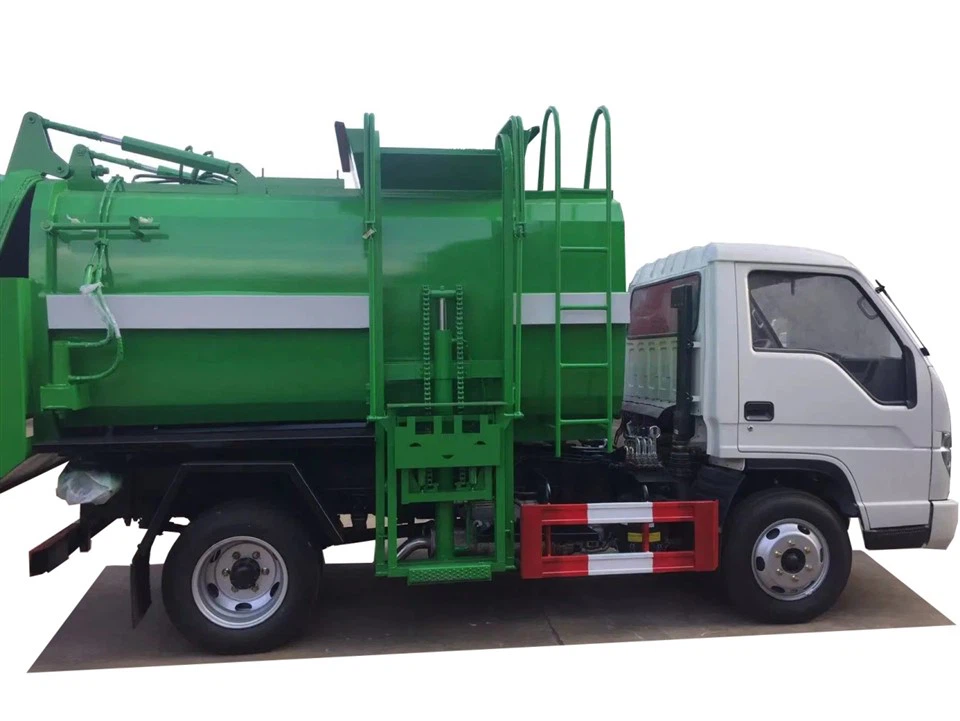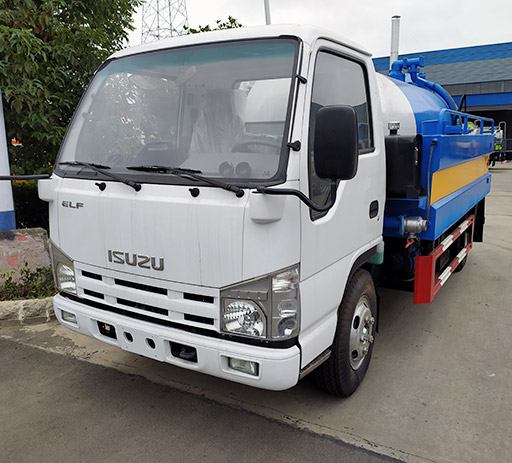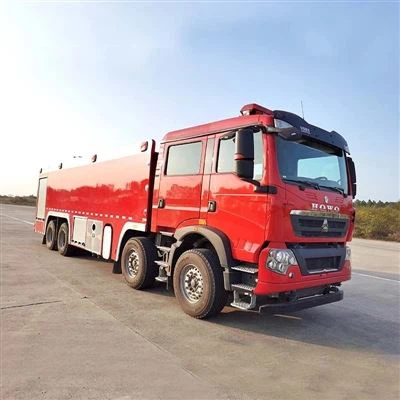Understanding Cabin Trucks: Features, Benefits, and Buying Guide

Cabin trucks, often referred to as cabover trucks or cab over engine (COE) trucks, represent a unique class of vehicles specifically designed for various transportation needs. These trucks feature a design where the cab is situated over the engine, offering distinct advantages in maneuverability and cargo capacity. This article explores everything you need to know about cabin trucks, including their features, benefits, practical usage, and tips for purchasing one.
What is a Cabin Truck?
A cabin truck is a type of truck characterized by its cab-over-engine design. This means that the driver’s cab is positioned directly above the front axle and engine, providing the truck with a shorter overall length. This design enhances the vehicle’s ability to navigate tight spaces and makes it particularly popular in urban settings and for specialized applications such as delivery services.
Historical Background
The cabin truck design has its roots in the early 20th century when manufacturers began experimenting with ways to maximize cargo space. As cities grew and logistics became more complex, the need for more maneuverable trucks led to the popularity of cabover designs. Today, cabin trucks are an essential part of the trucking industry, finding applications across multiple sectors.
Key Features of Cabin Trucks
| Feature | Description |
|———————|—————————————————————|
| Compact Design | The engine and cab sit above the front axle, allowing for a shorter vehicle length. |
| Enhanced Visibility | The elevated driver position provides a better line of sight, improving safety. |
| Increased Cargo Space| More space is available for cargo due to the compact nature of the design. |
| Maneuverability | Cabin trucks excel in crowded urban environments and narrow streets. |
Advantages of Cabin Trucks
Cabin trucks offer several advantages that make them a favored choice for many trucking businesses. Here are some of the most notable benefits:
1. Maneuverability
The compact design of cabin trucks allows for better maneuverability in tight spaces. This is particularly beneficial for delivery trucks operating in urban areas where space is limited.
2. Increased Visibility
Drivers of cabover trucks sit higher up, which provides an improved view of the road and surrounding traffic. This can enhance safety and reduce the risk of accidents.
3. Maximal Cargo Capacity
Cabin trucks can offer a larger cargo area relative to their overall length. This allows for more efficient loading and transporting of goods, especially in industries that require quick turnarounds.
4. Cost-Effective Maintenance
Many cabin trucks feature simpler engine designs, making maintenance and repairs more straightforward and often less costly. This can translate to lower operational expenses over time.
5. Versatility in Usage
Cabin trucks are extremely versatile. They can be used for a variety of purposes, from hauling construction materials to serving as utility vehicles for various services.
Choosing the Right Cabin Truck
When selecting a cabin truck, several factors need consideration to ensure that you make the right choice for your needs. Here’s a comprehensive guide to help you navigate the process:
1. Determine Your Driving Needs
Understand what you will use the truck for. Will it be primarily for city deliveries, highway hauling, or specialized projects? Different uses may require specific features or capacities.
2. Consider Engine Size and Power
Engine size can affect performance. Larger engines often provide more power, making them suitable for heavy loads, while smaller engines can offer better fuel efficiency for light loads.
3. Assess Payload Capacity
Make sure to check the truck’s payload capacity. This is the maximum weight that the truck can carry safely, which is crucial if you will be transporting heavy goods.
Payload Capacity Examples
| Truck Model | Payload Capacity |
|---|---|
| Freightliner M2 | Up to 26,000 lbs |
| Isuzu NPR | Up to 19,500 lbs |
| Mitsubishi Fuso Canter | Up to 17,000 lbs |
4. Evaluate Fuel Efficiency
Fuel efficiency is a critical factor that impacts your running costs. Look for models known for good mileage, especially if you’ll drive long distances regularly.
5. Review Maintenance and Repair Options
Consider the availability of parts and service centers for the cabin trucks you are evaluating. Trucks from well-known brands typically have more accessible after-sales services.
6. Safety Features
Investing in a cabin truck with modern safety features can help prevent accidents. Look for models equipped with features such as anti-lock brakes, stability control, and advanced lighting systems.

Practical Examples of Cabin Truck Usage
Cabin trucks find diverse applications across various industries. Here are some practical examples:
1. Delivery Services
Many local delivery companies utilize cabin trucks for last-mile delivery due to their ability to navigate through tight city streets. The Isuzu NPR, for example, is a popular choice in this sector.
2. Construction
In construction, cabin trucks like the Freightliner M2 can haul materials, tools, and equipment to job sites, benefiting from their higher payload capacities and robust features.

3. Utility Services
Utility companies use cabin trucks for services such as electrical or plumbing repairs. Their compact size allows them to access hard-to-reach areas while carrying necessary tools and equipment.
4. Landscaping
Landscaping businesses often choose cabin trucks for transporting soil, plants, and equipment. The Mitsubishi Fuso Canter is frequently mentioned for its reliability in this sector.
Tips for Maintaining Your Cabin Truck
Proper maintenance is crucial to ensure the longevity and performance of your cabin truck. Here are key maintenance tips:
1. Regular Oil Changes
Ensure you change the oil regularly according to the manufacturer’s recommendations. This will keep the engine running smoothly and prolong its life.
2. Monitor Tire Pressure

Maintaining the proper tire pressure can improve fuel efficiency and ensure safety while driving. Check your tires weekly or monthly based on usage.
3. Brake Inspection
Given the heavy loads cabin trucks often carry, regular brake inspections are vital. Replace brake pads and fluid as necessary to maintain braking efficiency.
4. Keep the Interior Clean
A clean cabin not only improves the driving experience but can also prevent larger issues that may arise from a dirty interior, such as malfunctioning controls.
FAQ Section
What is the typical lifespan of a cabin truck?
The lifespan of a cabin truck can vary widely based on usage and maintenance but typically ranges between 15 to 20 years with appropriate upkeep.
Are cabin trucks fuel-efficient?
Yes, many cabin trucks are designed for fuel efficiency, especially models with smaller engines or those designed for city driving.
What are the costs associated with buying a cabin truck?
Costs can vary based on the make, model, and age of the truck. New cabin trucks can range from $30,000 to over $150,000, while used trucks can be significantly cheaper depending on condition and mileage.
Can I customize my cabin truck?
Yes, many manufacturers and aftermarket suppliers offer customization options for cabin trucks, including modifications for cargo space, interior comforts, and external safety features.
What are the best brands for cabin trucks?
Some of the most reputable brands include Freightliner, Isuzu, Mitsubishi Fuso, and Hino, known for their reliability and strong performance in various industries.
